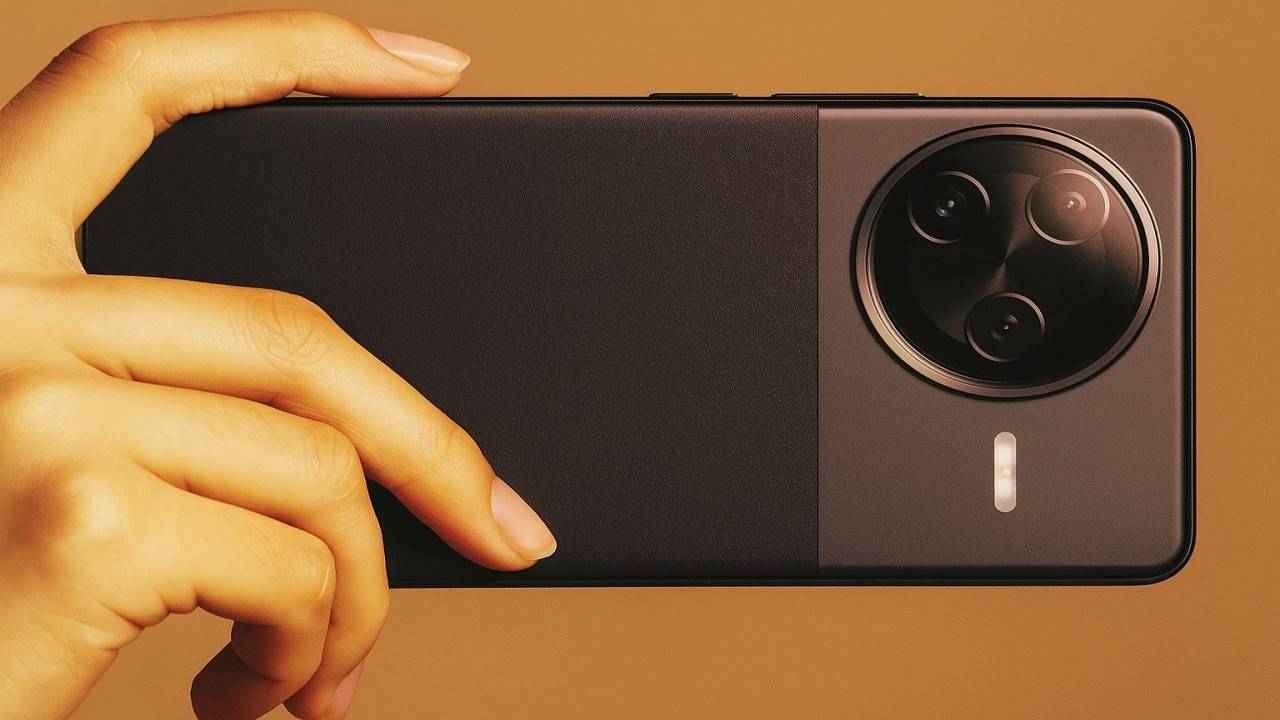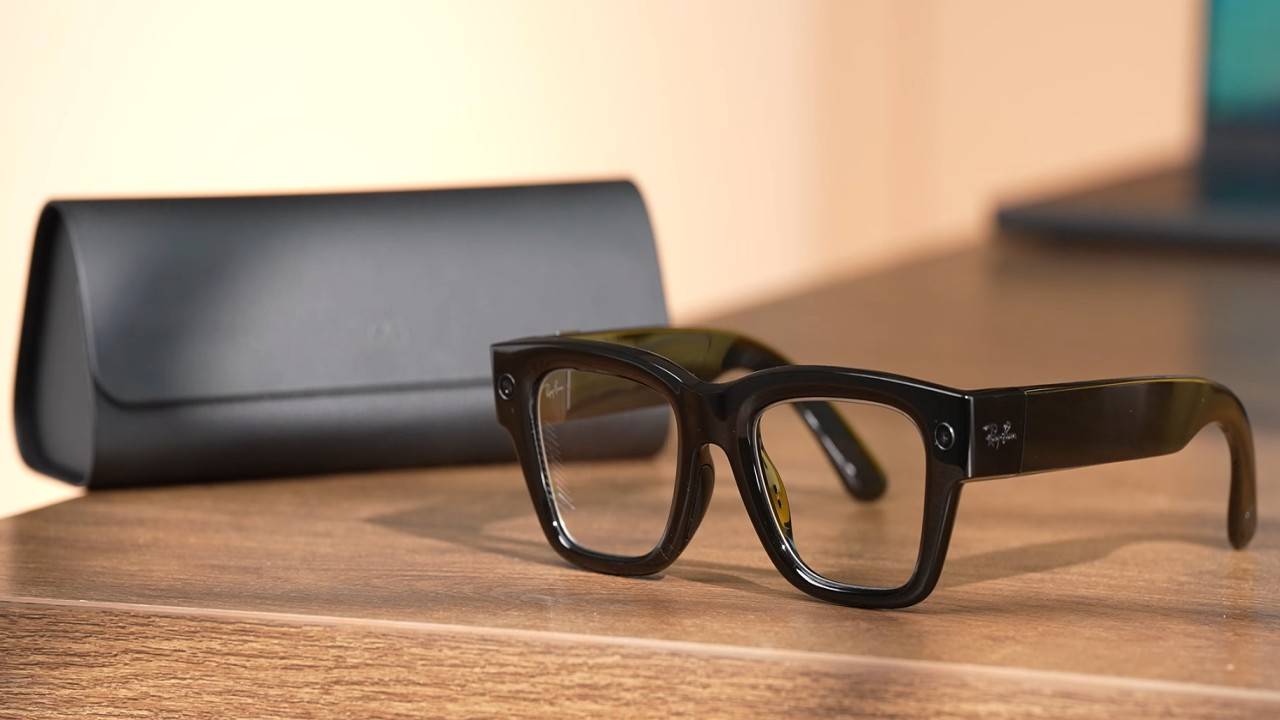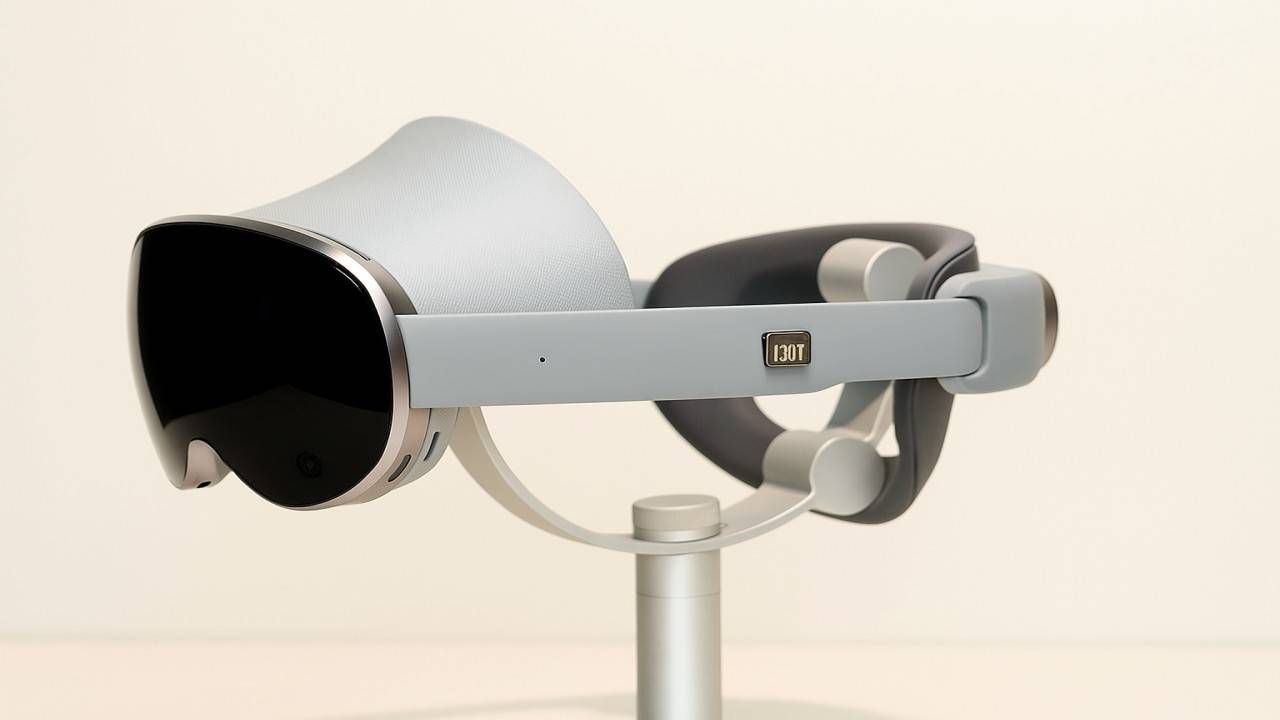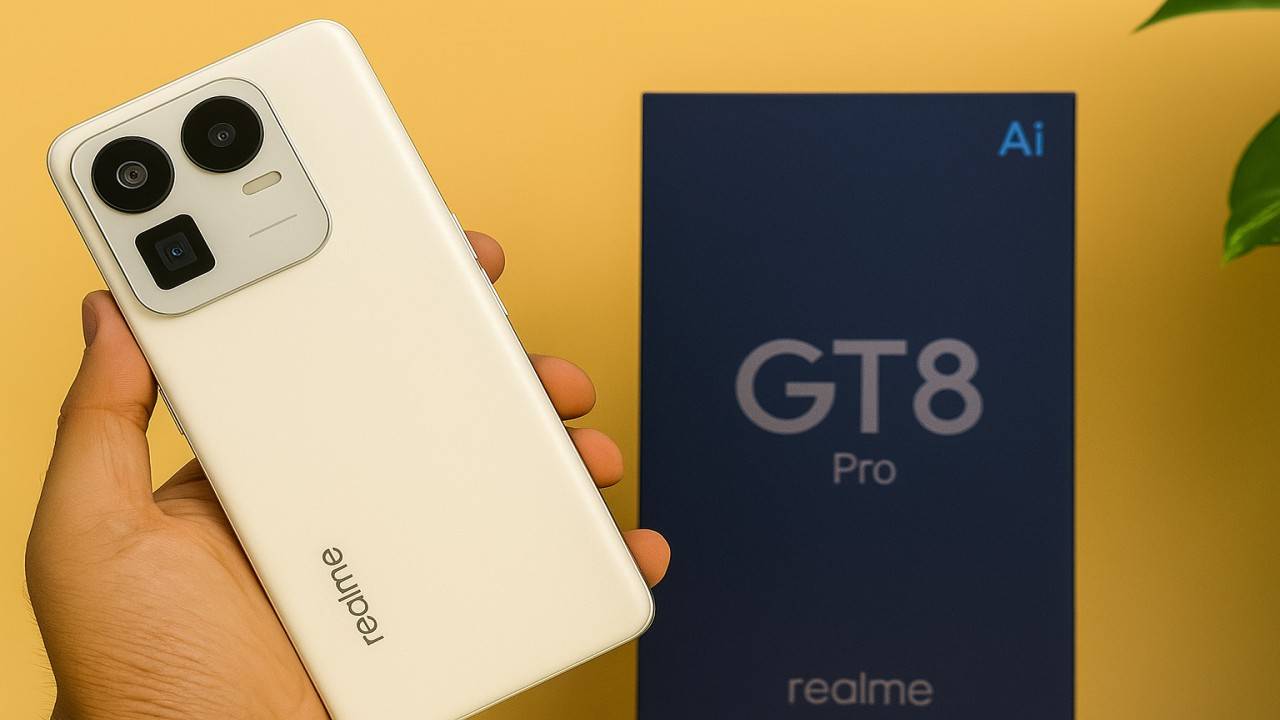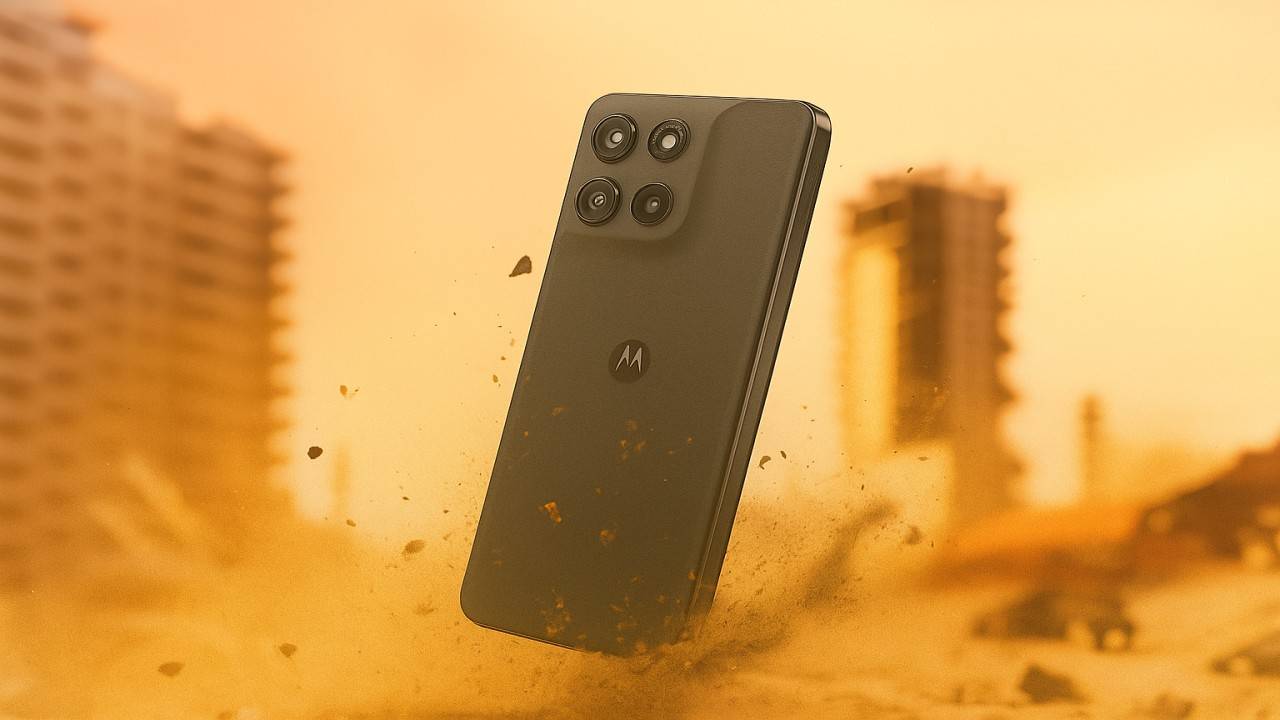Xiaomi’s Redmi brand is gearing up to shake the smartphone market once again with its much-anticipated Redmi K90 series — featuring the Redmi K90 and the Redmi K90 Pro Max. Set for an official launch in China this October, these upcoming flagships are already creating waves in the tech community. With Xiaomi hinting at a sub-₹50,000 price point, the K90 series is set to reclassify flagship grade performance at an aggressive price point — something Redmi has been doing all along.
From a high-end Snapdragon 8 Elite Gen 5 chip to future-proof display tech and all-time-high battery life, the K90 series may be one of the most significant updates in the Redmi K family. Let’s explore everything we’ve learned so far — specs, design, price, and how to anticipate when these phones are released officially later this month.
A New Chapter in the Redmi K Legacy
The Redmi K series has long represented Xiaomi’s “flagship-killer” philosophy — offering near-premium performance and hardware at prices that undercut the competition. The Redmi K90 and K90 Pro Max continue this legacy, bringing the kind of features typically found on phones costing twice as much.
Xiaomi President Lu Weibing recently confirmed through Weibo that the new K-series phones will indeed launch in October 2025, and that the Pro Max is a completely new naming addition to the family. The move suggests that Xiaomi is trying to fill the gap between its old “Pro” model and its proper flagships, like the Xiaomi 16.
There are also rumors that the Redmi K90 lineup will eventually roll out worldwide as a part of the POCO F8 series — after the brand’s usual rebranding pattern. If so, global markets may witness the identical hardware resurface as the POCO F8 and F8 Ultra sometime during the early months of 2026.
Design and Display: Luxury Feel Accompanied by Contemporary Aesthetics
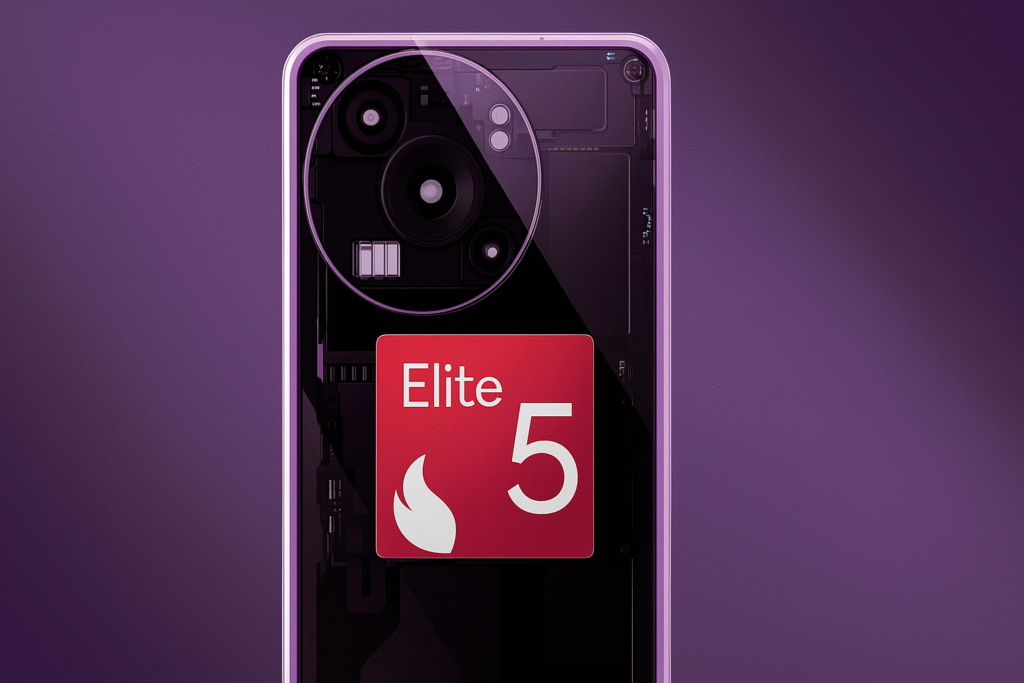
The Redmi K90 lineup should boast a redesigned and slim form factor over its predecessor. Leaks early on indicate a frosted glass rear, metal build, and a marginally curved edge that provides both sturdiness and comfort to hold. The Pro Max model should sport a unique camera module with a bigger primary sensor and a matte-finish look similar to what Xiaomi reserves for its top-end flagships.
On the front, both devices will supposedly feature a 2K AMOLED screen with wafer-thin bezels and a 120 Hz refresh rate, which should deliver vibrant colors, high contrast, and silky-smooth animations. The panels should be able to support Dolby Vision, HDR10+, and 1,500 nits peak brightness, making them appealing to both gaming and multimedia users.
For greater security and convenience, Xiaomi could add an ultrasonic in-display fingerprint reader, a first for the K-series. Coupled with stereo speakers and Dolby Atmos support, the K90 hopes to provide a flagship-grade multimedia experience.
Powerhouse Performance: Snapdragon 8 Elite Gen 5
Beneath the hood, the Redmi K90 Pro Max is said to feature Qualcomm’s Snapdragon 8 Elite Gen 5, one of the top mobile chipsets of 2025. This fresh SoC guarantees humongous AI performance upgrades, GPU efficiency, and prolonged thermal management — vital for extensive multitasking and gaming.
The base Redmi K90, on the other hand, could debut with a Dimensity 9300+ or Snapdragon 8 Gen 4, depending on Xiaomi’s final configuration choices. Either way, both variants are expected to offer flagship-tier performance that easily competes with the latest OnePlus 15 and Samsung Galaxy S25 models.
In Geekbench leaks, the K90 Pro Max has already posted impressive benchmark results, beating numerous competitors in both single-core and multi-core tests. This performance, coupled with MIUI optimization for Android 16, guarantees users will receive a smooth, responsive experience — gaming, video editing, or AI-based feature usage.
Camera Setup: Pro-Level Photography Arrives on Redmi
Among the most thrilling upgrades this year is the camera department. The Redmi K90 Pro Max will have a triple-camera setup, led by a 50 MP Sony sensor, a wide-angle lens, and a periscope telephoto lens — a first for the Redmi K series.
This periscope configuration promises 5× optical zoom and much enhanced low-light capabilities, even outpacing the Xiaomi 16 Pro’s camera abilities. Xiaomi is also reportedly using improved computational photography algorithms derived from its high-end phones, enabling sharper detail, more realistic colors, and better portrait depth.
In the meantime, the standard Redmi K90 will probably carry on with a top-notch dual or triple arrangement with a 50 MP main sensor, tuned for pace and sharpness. Both devices are predicted to record 4K @ 60 fps and 8K @ 30 fps video, plus class-leading stabilization for fluid hand-held footage.
Battery and Charging: A True Endurance Beast
As far as battery life is concerned, Xiaomi looks like it is going whole hog. Based on leaks, the Redmi K90 will carry a 7,100 mAh battery, while the Pro Max might carry an even bigger 7,500 mAh cell — one of the biggest batteries ever installed in a Redmi phone.
This enormous capacity comes with 100 W wired fast charging, as verified by a new 3C certification listing. The Pro Max model might even offer 50 W wireless charging, offering premium-level convenience.
With such hardware, the K90 lineup could easily deliver two days of moderate use on a single charge, while still topping up from 0 to 100 percent in under 30 minutes — an impressive feat that strengthens Xiaomi’s dominance in the charging-speed race.
Software and Features: MIUI with a Smarter Touch
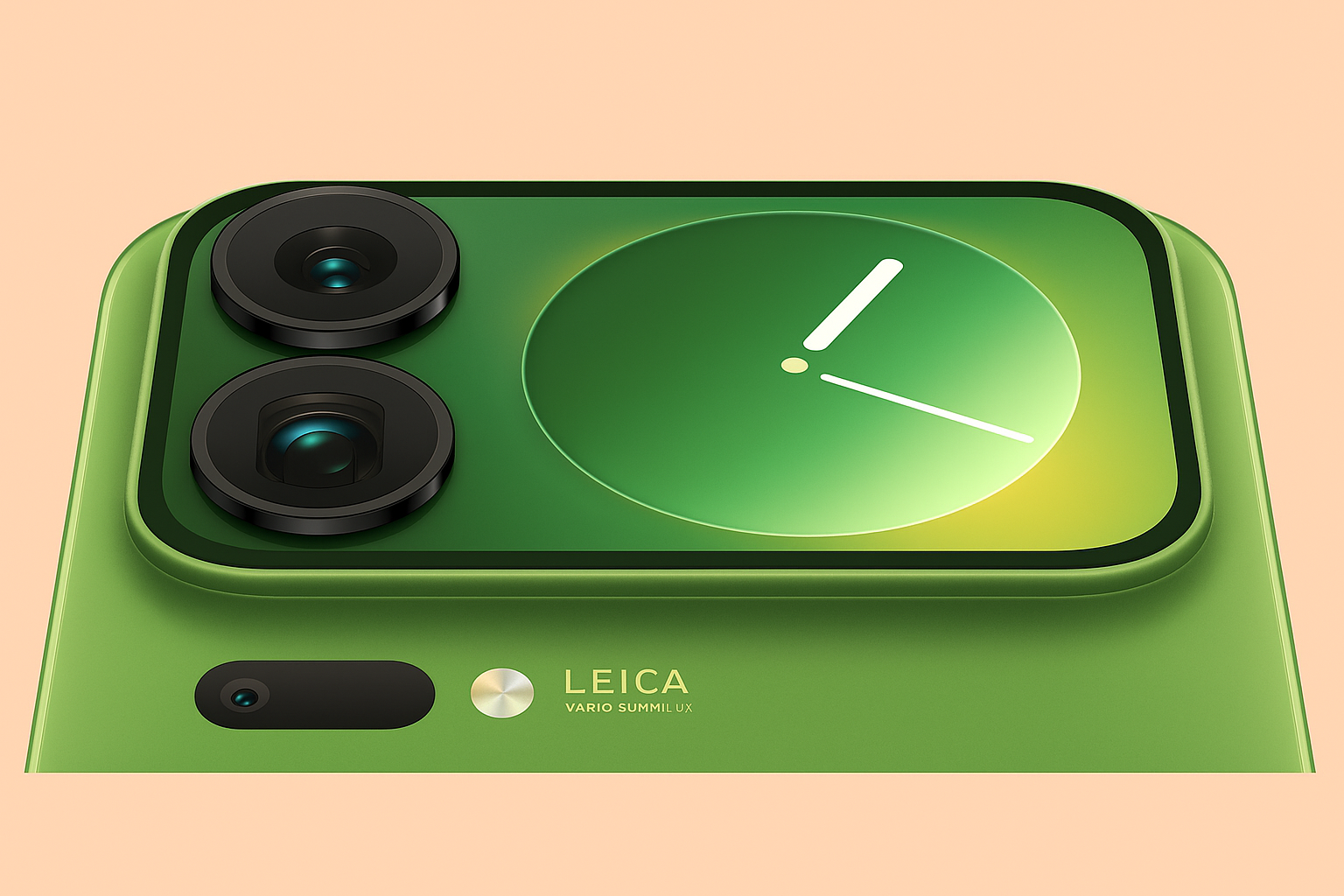
Out of the box, the Redmi K90 series is expected to ship with Android 16, layered with Xiaomi’s latest HyperOS interface. This version emphasizes fluid animations, AI-assisted app management, and tighter ecosystem integration across devices such as smartwatches and tablets.
Other aspects rumored to be included are Wi-Fi 7, Bluetooth 5.4, dual 5G SIM support, UFS 4.0 storage, and LPDDR5X RAM. Xiaomi may also bring with it adaptive display modes and performance profiles which change dynamically according to the user’s behavior – ideal for users who are constantly changing between productivity mode and gaming mode.
Expected Pricing: A Flagship Under ₹50,000
Perhaps the most attention-grabbing part of the Redmi K90 story is its price. Xiaomi’s teaser hints at a starting price below ₹50,000 (roughly CNY 4,000 or $550). While this is likely for the base variant in China, it positions the K90 series as a direct rival to premium mid-rangers and even entry-level flagships.
India and international prices can differ based on import duties and rebranding, but history with Xiaomi would have it stay competitive-priced. If the Pro Max model does debut below ₹50 K, then it will be among the most powerful phones to be made available in that segment.
Global Availability: Launching as POCO F8 Series
Following Xiaomi’s traditional release pattern, the Redmi K90 series will debut first in China, followed by a global rebrand under the POCO F8 and F8 Ultra names in early 2026. This rebrand allows Xiaomi to cater to international markets while keeping Redmi exclusive to China.
The POCO F8 Ultra, expected to mirror the Redmi K90 Pro Max, will likely carry the same design language, camera system, and Snapdragon 8 Elite Gen 5 chipset, making it one of POCO’s most ambitious launches yet.
Final Thoughts: Redmi’s Bold Step Toward Flagship Territory
With each successive generation, Redmi is moving closer to the high-end segment previously controlled by such brands as Samsung and OnePlus. The Redmi K90 and K90 Pro Max seem to be the pinnacle of that journey — delivering global-level performance, stunning displays, and professional-level cameras at a reasonable cost.
If Xiaomi makes good on these promises, the K90 series could possibly rewrite our expectations for sub-₹50,000 smartphones. If you’re a gamer, photographer, or power user, this may be one of the most highly anticipated Android releases of 2025.

